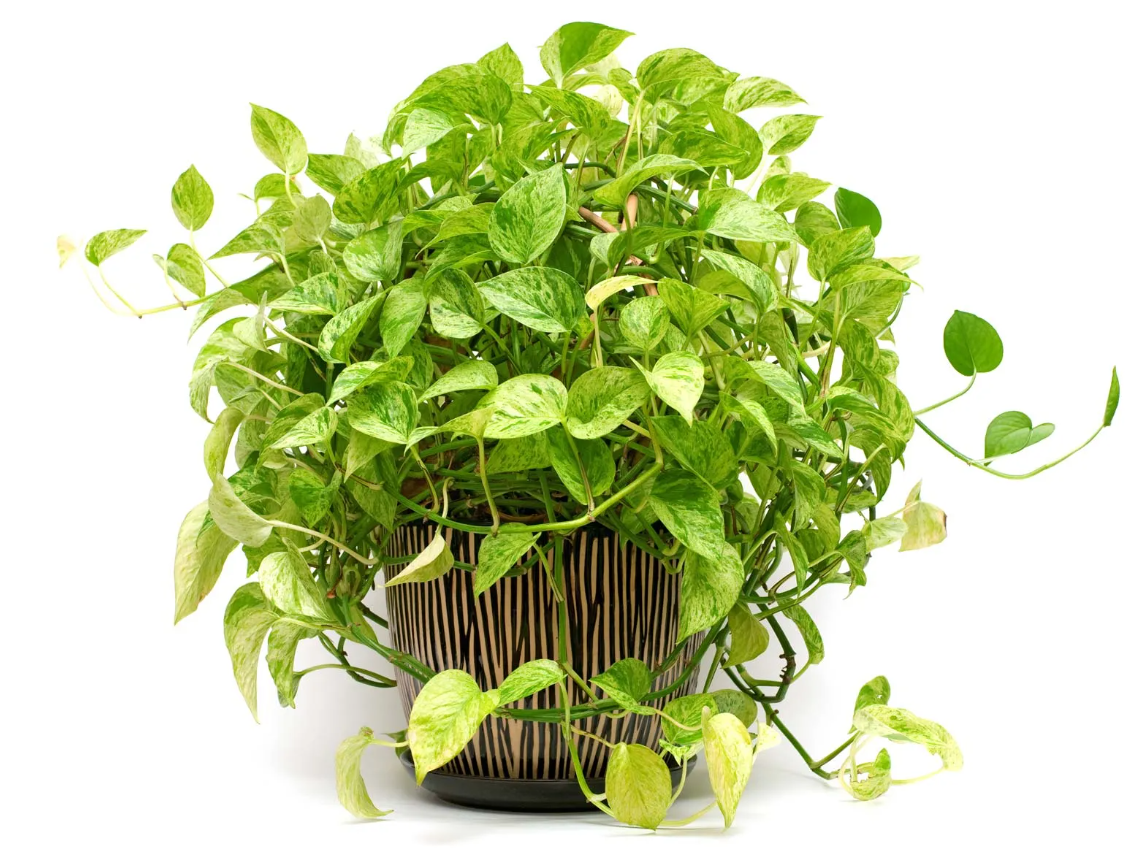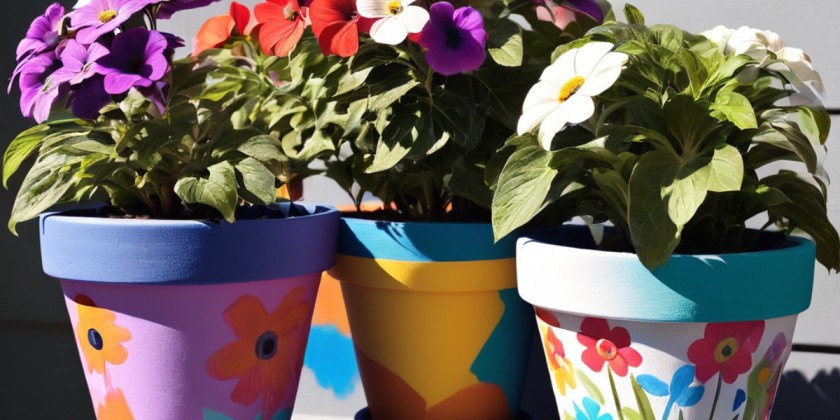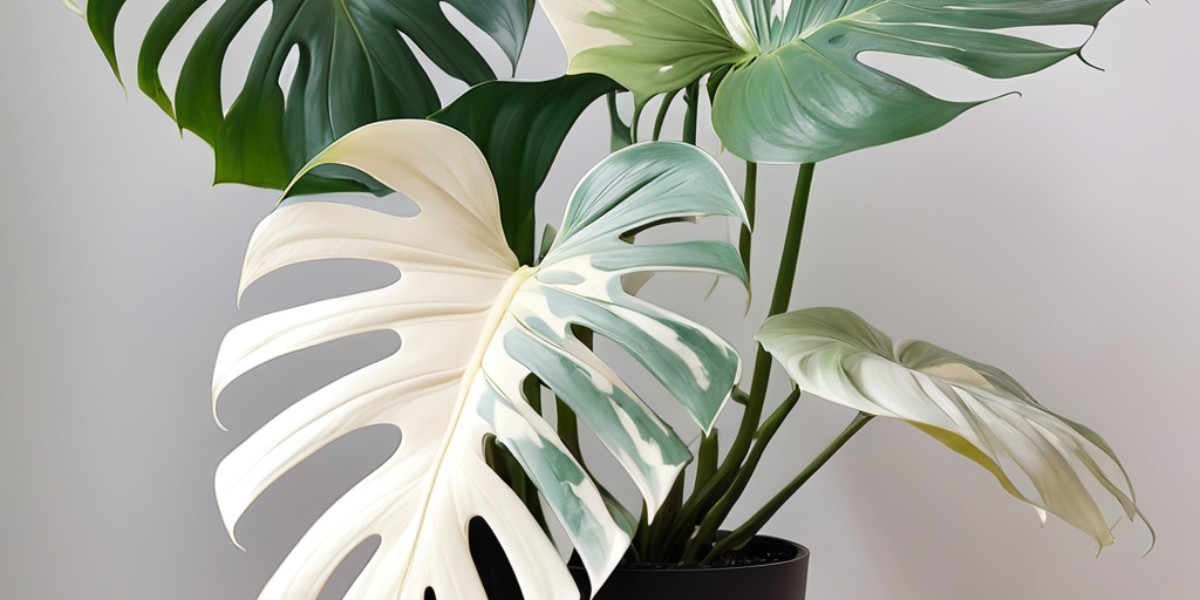Pothos, scientifically known as Epipremnum aureum, is an equatorial vine stemming from Southeast Asia and French Polynesia. Identified by the moniker “Devil’s Ivy,” it is a popular indoor plant due to its clarity of cultivation. The plant puffs lustrous, heart-shaped leaves that are primarily green but often feature splashes of deep yellow. Some leaves are marvellously varicoloured, depicting elegant striations in green, white, or yellow shades.
What makes Pothos incredibly alluring is its incredible adaptability to various environmental situations. Whether disclosed to varying light assertiveness, grown in multiple soil types, or subjected to inconsistent moisture levels, Pothos flourishes easily. Its vigorous and fast-growing nature is significant, even when grown indoors. It continually extends by 12 to 18 inches monthly, making it an excellent choice for people who appreciate swift and lush greenery within their houses.
Nevertheless, it’s essential to exert caution when combining Pothos into your living space, particularly if you have pets. Pothos plants are poisonous to animals, so pet owners should ensure these fascinating vines are placed out of their reach to ensure the well-being of their furry pals.
Types of Pothos
Marble Queen: This variety brags an immensely appealing spectrum of white and green on its leaves. However, it requires more abundant light compared to most Pothos sorts to maintain its unusual colouring.
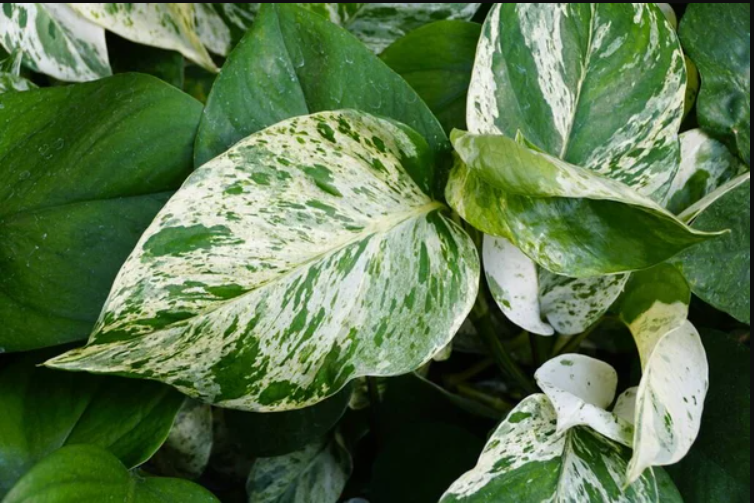
Pearls and Jade: Pearls and Jade is a remarkable Pothos combination with white and green markings, but rather than stripes, you’ll find bold swirls of grey, green, and white trimming the leaf edges.
Also Read:How to Care for String of Pearls Plants
 Neon: Neon Pothos is an immaculate choice for those aspiring to illuminate the darker corners of their residence. It features resonant chartreuse leaves and demands less light, corresponding to other varieties.
Neon: Neon Pothos is an immaculate choice for those aspiring to illuminate the darker corners of their residence. It features resonant chartreuse leaves and demands less light, corresponding to other varieties.
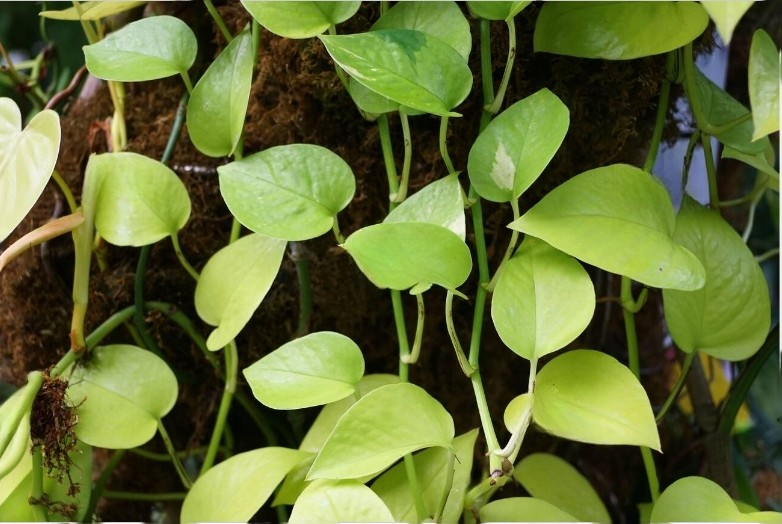
Silver Satin: Silver Satin Pothos stands out with its thick, grey-green leaves embellished with silver patches. This type is highly tolerant of drought and low-light situations, making it a hardy and low-maintenance option.

Propagating Pothos
Propagating Pothos is a detailed process that starts with choosing a healthy stem, generally with at least three leaves, and cutting it at a slim angle just below the lowest leaf. The stem is
then positioned in a water container, guaranteeing the remaining leaves don’t touch the water. After several weeks, when the cutting has grown new roots, usually a few inches in length, it should be transplanted into a pot with potting soil to promote the expansion of a robust root system. The recently potted Pothos cutting should be arranged in a location with radiant indirect light and kept invariably moist but not excessively saturated. This approach allows for your Pothos plant collection’s easy and cost-effective expansion.
Pothos Care
Pothos, a famous and easy-to-care-for houseplant, succeeds within specific environmental parameters. Concerning lighting, Pothos favours a balance between sun and shade. It blossoms in bright yet indirect light for indoor cultivation, as extreme sun can lead to varicoloured varieties yielding distinctive leaf patterns.
In terms of soil, Pothos thrives in well-draining potting soil with the flexibility to be barely dry or rocky. The plant’s pH discretion falls between 6.1 and 6.8, housing neutral and narrowly acidic conditions. Watering is a critical aspect of Pothos’ care. Permitting the soil to dry out entirely between waterings is essential, as excessively damp soil can result in root rot and black spots on leaves. The plant will hint when it needs water through leaf drooping, but it’s best to water before leaves shrink to sustain health.
Maintaining a temperature above 50 degrees Fahrenheit is ideal, with the sweet spot between 65 and 75 degrees Fahrenheit for optimal growth. Pothos plants thrive in heightened humidity but are flexible to lower humidity levels. The plant can be improved by placing it in naturally humid areas like a bathroom or grouping it with other tropical houseplants to form a more humid microclimate.
Fertilization should transpire periodically, with proportional houseplant fertilizer involved monthly during the growing season. Evade fertilizing in the dormant winter months. With good care, Pothos plants have an intermediate five- to ten-year lifespan. Still, their durability allows them to live much longer when supplied with appropriate environmental conditions and essential maintenance, making them a lasting and dynamic addition to your indoor green.
Common Pothos Problem
Yellowing, browning, or drooping leaves on a Pothos plant can display different issues. Rare yellow leaves are typical, but across-the-board yellowing may result from root rot because of overwatering or illness. Brown leaves can be due to insufficient light or overwatering, with dehydrated and crispy leaves showing underwatering. Drooping leaves frequently symbolize water stress, so serious watering is suggested. It can also result from the plant standing pot-bound or afflicted by a condition. While Pothos is generally pest-free, mealybug infestations can happen, which can be controlled with rubbing alcohol, neem oil, or insecticidal soap.
Revive Pothos
Begin by pruning out any dead or destroyed foliage to stimulate new growth. Next, consider the soil’s moisture level and supply water if needed. If you’ve been watering frequently, resulting in soggy soil, let the soil thoroughly dry out. If it’s been several years since your Pothos acquired fresh soil or the plant is pot-bound, consider repotting it into a negligibly larger container with new soil.
If you’re concerned that your Pothos may not recuperate, contemplate bringing cuttings from the healthy areas of the plant to propagate and grow new ones. Further, when repotting, you can present rooted Pothos cuttings to help maintain the plant’s growth and fill out its general appearance, eventually rejuvenating it and ensuring its ongoing vitality.
FAQ’s
How long do Pothos plants usually live?
With proper care, Pothos plants can live for five to ten years, but they are sturdy and can bear much extension with the right circumstances.
Can I use my Pothos to improve indoor air quality?
Yes, Pothos is comprehended for its air-purifying effects. It can help clear certain indoor air impurities, making it a favoured choice for homes and offices.
Can I position my Pothos in direct sunlight?
Pothos can abide by some direct sunlight, but too much can burn their leaves. It’s most beneficial to protect them from extreme, direct sun.
Why is my Pothos plant turning yellow?
Yellowing leaves can be because of overwatering, underwatering, or insufficient light conditions. Infrequent yellow leaves are typical, but general yellowing may signal a more critical issue.
Can I keep Pothos in a hanging basket?
Pothos plants look fantastic in hanging baskets, as their trailing vines can drape beautifully. Guaranteed to supply a proper mount to the basket.
Are Pothos plants safe for pets?
Pothos plants are poisonous to pets if consumed. It’s crucial to keep them out of reach of cats and dogs.







